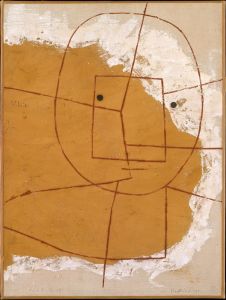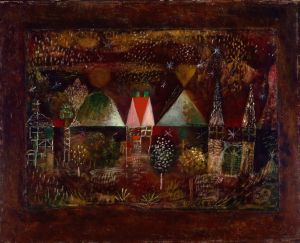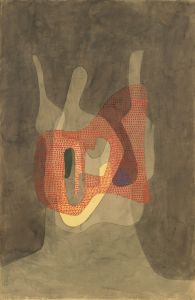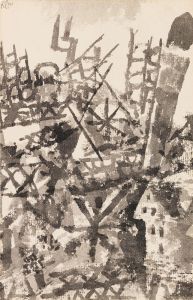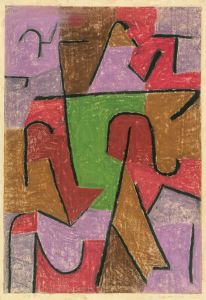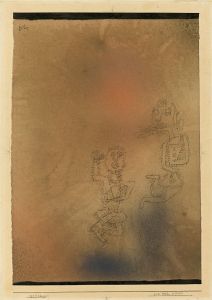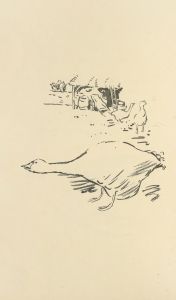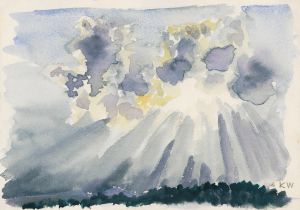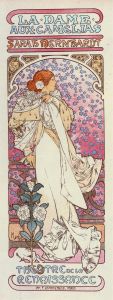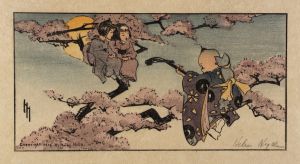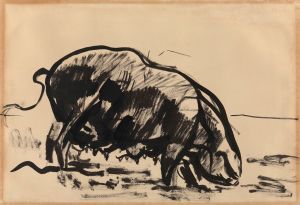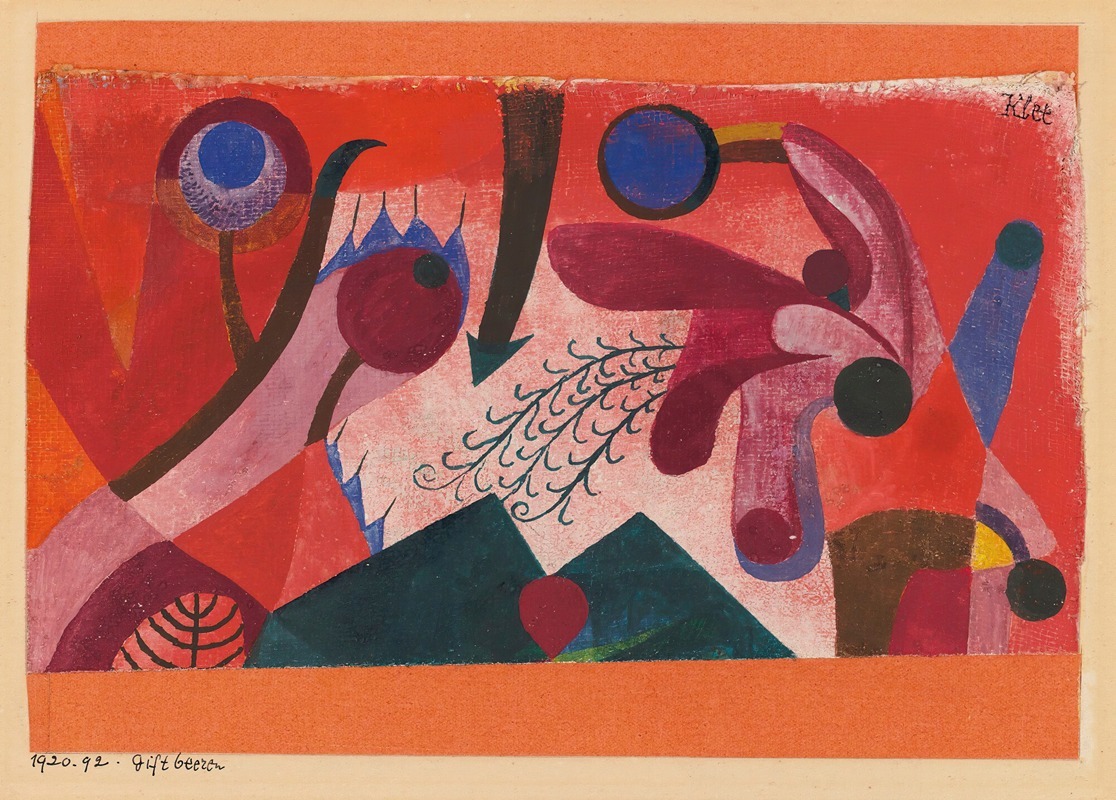
Giftbeeren
A hand-painted replica of Paul Klee’s masterpiece Giftbeeren, meticulously crafted by professional artists to capture the true essence of the original. Each piece is created with museum-quality canvas and rare mineral pigments, carefully painted by experienced artists with delicate brushstrokes and rich, layered colors to perfectly recreate the texture of the original artwork. Unlike machine-printed reproductions, this hand-painted version brings the painting to life, infused with the artist’s emotions and skill in every stroke. Whether for personal collection or home decoration, it instantly elevates the artistic atmosphere of any space.
"Giftbeeren" (translated as "Poisonous Berries") is a painting by the Swiss-born artist Paul Klee, created in 1938. Paul Klee (1879-1940) was a highly influential figure in the development of modern art, known for his unique style that blended elements of expressionism, cubism, and surrealism. His works often feature a distinctive use of color, line, and form, and "Giftbeeren" is no exception.
The painting "Giftbeeren" was created during a tumultuous period in Klee's life. In 1933, Klee was dismissed from his teaching position at the Düsseldorf Academy by the Nazi regime, which labeled his work as "degenerate art." This political persecution, combined with his deteriorating health due to scleroderma, influenced the themes and mood of his later works. "Giftbeeren" reflects the darker, more introspective tone that characterizes much of Klee's output from this period.
"Giftbeeren" is executed in Klee's signature style, which often combines abstract and figurative elements. The painting features a composition of simplified forms and vibrant colors, which are hallmarks of Klee's work. The title, "Poisonous Berries," suggests a theme of danger or toxicity, which may be interpreted in various ways. Some art historians suggest that the title and imagery could reflect Klee's response to the political climate of the time, though Klee himself did not provide explicit explanations for his works.
The painting is characterized by its use of bold, contrasting colors and intricate patterns. Klee's technique often involved layering colors and using a variety of media to achieve a textured, luminous effect. In "Giftbeeren," the interplay of colors and shapes creates a dynamic visual experience, inviting viewers to explore the painting's complex surface.
Paul Klee's work, including "Giftbeeren," is celebrated for its imaginative and innovative approach to art. Klee's ability to convey profound ideas through seemingly simple forms has earned him a lasting place in the history of modern art. His works are held in numerous prestigious collections around the world, and "Giftbeeren" is no exception. The painting is part of the collection at the Zentrum Paul Klee in Bern, Switzerland, which houses a significant number of Klee's works and serves as a major center for the study and appreciation of his art.
In summary, "Giftbeeren" by Paul Klee is a notable example of the artist's late work, reflecting the personal and political challenges he faced in the 1930s. The painting's title and composition invite multiple interpretations, showcasing Klee's mastery of color and form. As with many of Klee's works, "Giftbeeren" continues to captivate and inspire viewers with its unique blend of abstraction and symbolism.





